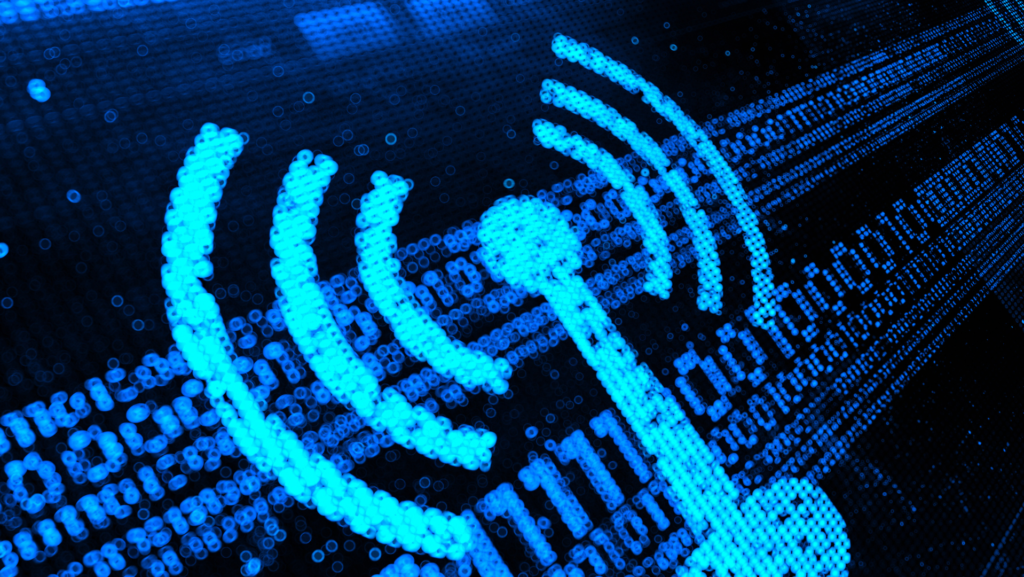
Safeguarding Your Data: Essential Tips for Protecting Information When Using Wireless Technology
In an era defined by wireless connectivity and digital dependence, the protection of personal and sensitive information has become paramount. As we increasingly rely on wireless technology for communication, work, and entertainment, it’s essential to prioritize the security of our data. From WiFi networks to Bluetooth connections, every interaction with wireless technology presents potential vulnerabilities. In this blog, we’ll delve into effective strategies to safeguard your information and maintain privacy in the digital age.
Understanding Encryption: Shielding Your Data from Prying Eyes
Encryption serves as a crucial defense mechanism in the realm of wireless security. By encoding data in a manner that can only be deciphered by authorized parties, encryption helps prevent unauthorized access and interception of sensitive information. When utilizing wireless networks, ensure that encryption protocols such as WPA2 or WPA3 are enabled to secure your data transmissions effectively. Additionally, consider implementing endtoend encryption for communication channels to safeguard messages and data from eavesdropping.
Securing Your WiFi Network: Fortifying Your Digital Perimeter
Your WiFi network serves as the gateway to your digital world, making its security a top priority. Start by securing your router with a strong, unique password to prevent unauthorized access. Enable network encryption and utilize a firewall to block unauthorized access attempts. Regularly update your router’s firmware to patch vulnerabilities and strengthen its defenses against emerging threats. Furthermore, consider implementing network segmentation to isolate sensitive devices and limit the impact of potential breaches.
Practicing Vigilance: Mitigating Risks in Wireless Environments
Vigilance is key when navigating the wireless landscape, as threats can emerge from various sources. Be wary of public WiFi networks, which are often unsecured and susceptible to interception. Avoid transmitting sensitive information over public WiFi unless utilizing a trusted virtual private network (VPN) for encryption. Exercise caution when pairing devices via Bluetooth, as cybercriminals may exploit vulnerabilities to gain unauthorized access to your smartphone, tablet, or other gadgets.
Employing MultiFactor Authentication: Adding Layers of Protection
Multifactor authentication (MFA) adds an extra layer of security to your accounts by requiring multiple forms of verification before granting access. Whether accessing online services, cloud storage, or email accounts over wireless networks, enable MFA whenever possible to mitigate the risk of unauthorized access. By combining passwords with biometric data, security tokens, or onetime codes, MFA helps prevent account compromise even if passwords are compromised or intercepted.

Remaining Diligent: Continuously Monitoring and Updating Security Measures
Effective security is not a onetime endeavor but a continuous process that requires ongoing vigilance and adaptation. Regularly monitor your network for suspicious activity, such as unauthorized devices or unusual data traffic patterns. Stay informed about emerging threats and security best practices, and update your security measures accordingly. By remaining proactive and responsive to evolving risks, you can effectively safeguard your information and maintain peace of mind in an increasingly connected world.
Conclusion: Protecting Your Information in a Wireless World
In conclusion, safeguarding your data when using wireless technology is imperative in today’s digital landscape. By understanding encryption, securing your WiFi network, practicing vigilance, employing multifactor authentication, and remaining diligent in monitoring and updating security measures, you can enhance the protection of your information and preserve your privacy. By adopting these essential strategies, you can navigate the wireless world with confidence, knowing that your data is secure and your privacy is protected.
Leave a Reply
- AI in Diagnostics: Revolutionizing Early Detection and Accuracy
- How AI and Advanced Analytics Are Transforming Healthcare Outcomes
- Investing with Confidence: The Role of ROI Calculators
- How ROI Calculators Drive Data-Driven Business Strategies
- The Ultimate Guide to ROI Calculators for Business Success
- Making Sense of ROI Calculators: A Comprehensive Guide
- June 2025 (1)
- May 2025 (1)
- October 2024 (2)
- September 2024 (31)
- August 2024 (31)
- July 2024 (27)
- June 2024 (28)
- May 2024 (30)
- April 2024 (33)
- March 2024 (23)
- February 2024 (29)
- January 2024 (3)
- December 2023 (47)
- November 2023 (36)
- October 2023 (23)
- September 2023 (2)
- June 2023 (2)
- May 2023 (13)
- April 2023 (1)




